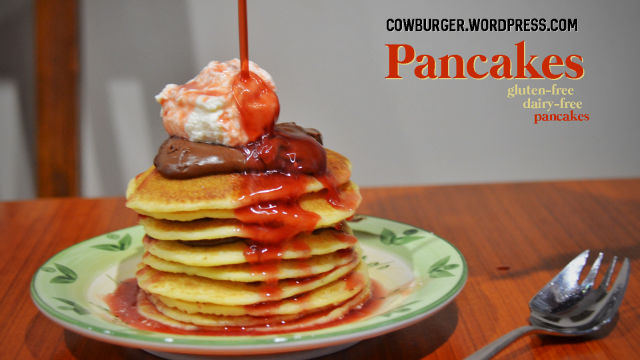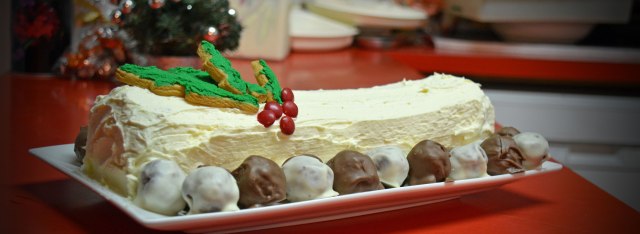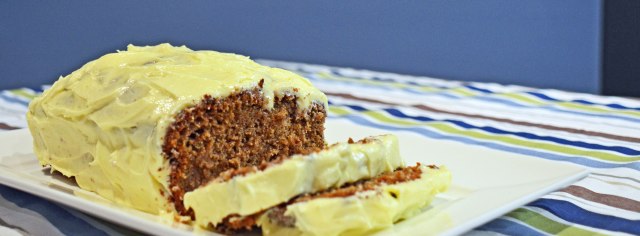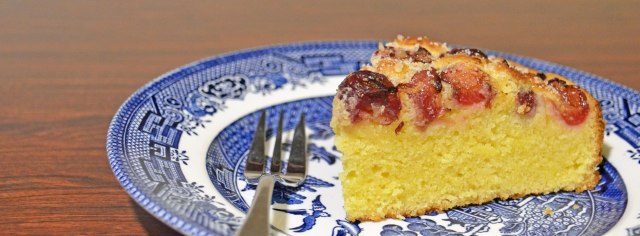My niece contacted my partner and me recently asking about vegetarian recipes because she and her partner wanted to reduce the amount of meat in their diet. Though neither of us are vegetarians, we started rattling off dishes that they might like as we thought of them.
I have a lot of respect for vegetarians. I care about animal rights, and I really don’t think we need as much meat in our diets as we generally have in Australia. I don’t think I’d have the discipline to cut meat out of my diet entirely, and I’ve taken the more moderate approach of being selective about where I buy it. I’ve not bought meat at Coles even once since I learned that they buy feedlot beef many years ago (which may no longer be true), and I tend to favour Jordo’s Chop Shop, who publish the provenance of their products proudly, and have a strong commitment to both quality and humanity.
One of the dishes that came to mind when my niece asked about vegetarian dishes was this parmigiana, which is something I’ve not been doing long. I had been surprised to learn, during a conversation with a Neapolitan friend, that what I knew as a parmigiana is really a very Australian tradition. Though based on a traditional dish from Italy’s southern regions, the idea of sticking chicken in it (especially deep fried, crumbed chicken as pubs tend to) really belongs in more meat-obsessed cultures like ours.
My friend from Naples made me a traditional parmigiana di melanzane, and I was hooked. Few vegetarian dishes can draw my attention the way this does, and my second daughter has become a big fan (Offspring Numbers One and Three are less impressed).
Now, I can’t claim this recipe as especially traditional. I sort of made it up, based on what my Neapolitan friend did, but I really just practised and made it in a way that works in my kitchen for my family and on my schedule. I suspect Italians would just scoff, but I still think it’s great.
You can adjust to your heart’s content. If I’m wanting to make it easier on myself, I leave out the cheese sauce, using slices of bocconcini on every layer instead. And other times I’ve used both. Even the quantities in my recipe aren’t precise; watch out for the tilde (~) and use your judgement.
Parmigiana di melanzane has become something I turn to for when I want a meal prepared ahead but cooked fresh and served straight from the oven. It’s not a quick recipe, but during the five hours you will need to prepare it, you can mostly be doing other things. It is best to prepare the two sauces early on in the eggplant drying process so that you can work with them after they’ve cooled. I often prepare this on a Sunday, but leave it in the fridge until later in the week. I’ve left it assembled but uncooked for four days once, then 45 minutes in a medium oven and it was perfect!
This is certainly my favourite vegetarian dish, or at least my favourite vegetarian meal (my favourite vegetarian dish would have to be hot chips!). It can also be made low(er) carb by reducing the cheese sauce or omitting it altogether.
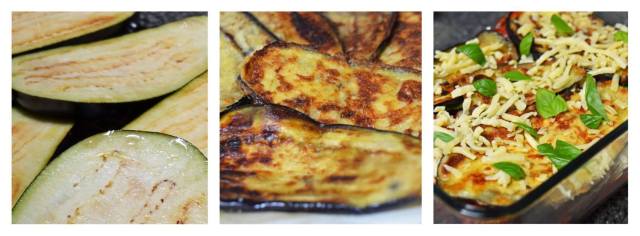
 Parmigiana di Melanzane
Parmigiana di Melanzane
Ingredients
- eggplants, 2 large
- olive oil, for sautéing
- onion, 1 medium, chopped finely
- carrot, 1 large, chopped finely
- celery, ~4-5 stalks, chopped finely
- garlic, 5 large cloves
- paprika
- tomato paste, 2 tablespoons
- salt
- pepper
- tomato passata, ~1 bottle (or ~2 cans of diced tomatoes)
- red wine, ~1 cup
- butter, ½ cup
- flour, plain, ½ cup
- milk, ~1½ cups
- egg yolk, 1
- mozzarella cheese, grated, 2-3 cups
- parmesan cheese, grated, 1- 1½ cups
- bocconcini[1], 250 grams, sliced
- basil leaves
Method
- Prepare the eggplants by slicing them lengthways to a thickness of 5mm and laying them out on a rack. Sprinkle them liberally on both sides with salt, and every hour pat them dry, turn them over and sprinkle them with salt again. This should be done at least four times over a period of four hours.[2]
- Prepare the tomato sauce: In a medium saucepan, sauté finely diced onions, carrot and celery over medium-low heat until just beginning to brown. Add garlic and paprika, and raise the heat, then add more olive oil and tomato paste. When the tomato paste has begun to caramelise, add passata and red wine until it forms a thickish sauce with an intense tomato flavour[3]. Add salt and pepper to taste, and set aside to cool.
- Prepare the cheese sauce: In a small saucepan, melt butter, add flour and stir to form a thick paste. Cook this while stirring until the raw flour smell has declined. Slowly add milk, about a tablespoon at a time, until the sauce it liquid, but still very thick. Add egg yolk and stir quickly until combined, then add 1 cup of mozzarella and ¼ cup of parmesan cheese and stir gently while it melts. Add milk a little at a time until the sauce is pourable but just a little thick.[4]
- When the eggplant is dry and floppy (4-6 hours), brush them with olive oil and barbecue or fry them until golden.
- Put the remaining shredded mozzarella and parmesan into a bowl and add about a tablespoon of paprika and toss the spice through.
- Spread a little tomato sauce on the bottom of a baking dish (about the size you would use for lasagne or moussaka), then lay eggplant slices out to cover the bottom of the dish. Cover this layer with tomato sauce, then sprinkle some fresh basil leaves and slices of bocconcini over. Repeat until the eggplant is used up or the dish is full.
- Cover the top layer of eggplant with cheese sauce, then cover the cheese sauce with paprika cheese.
- At this stage, the dish can be stored in the fridge. If storing, it is best to use a glass or ceramic baking dish and cover with cling film.
- Bake in a medium oven for 45 minutes or until the cheese on top is a rich golden brown.
- Traditionally, this is served by removing layers of eggplant, but if the eggplant is soft enough, you can cut it in chunks like a lasagne, just don’t expect it to hold together like a lasagne!
.
[1] Bocconcini can be replaced with the paprika cheese mix described at step 5 to reduce the cost of the dish. The cheese sauce can be omitted if using bocconcini, but it needs one or the other.
[2] This process is mainly intended to draw out the moisture from the eggplants. Most of the salt should be removed with the towel you pat them dry with, but the remaining salt is also there to soften the bitterness of the eggplant.
[3] It is possible to add some red lentils at this stage, as long as they have plenty of time to soften. They don’t adjust the flavour, but they increase the nutritional value of the meal.
[4] The cheese sauce can be omitted if using bocconcini, but it needs one or the other.
